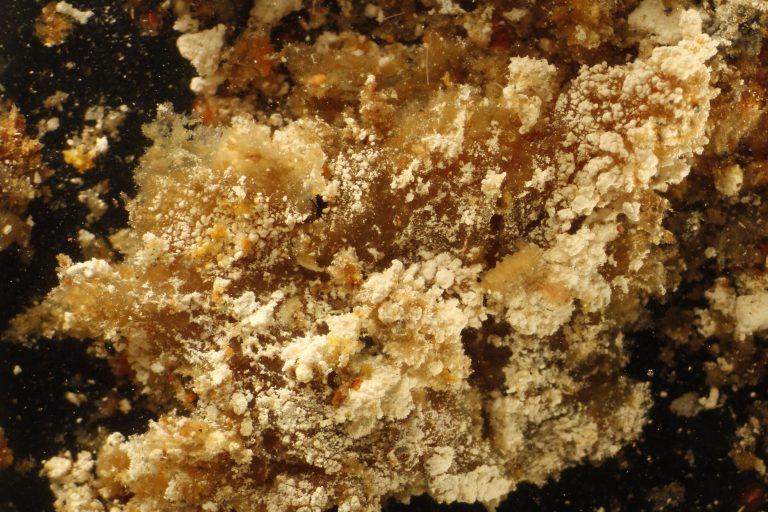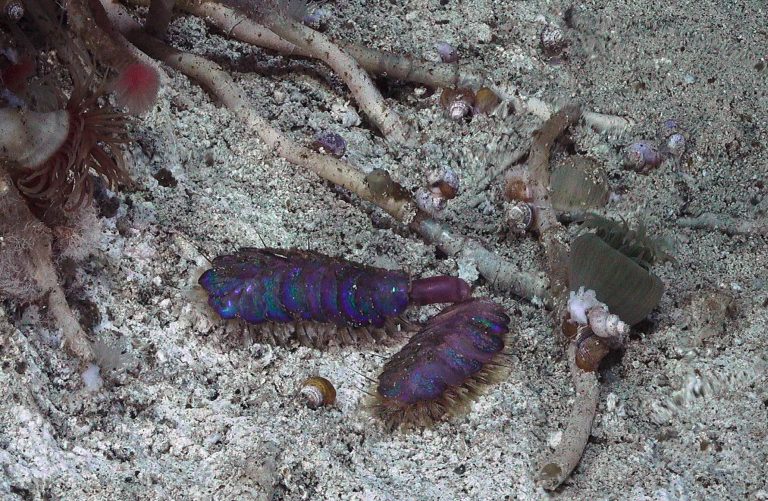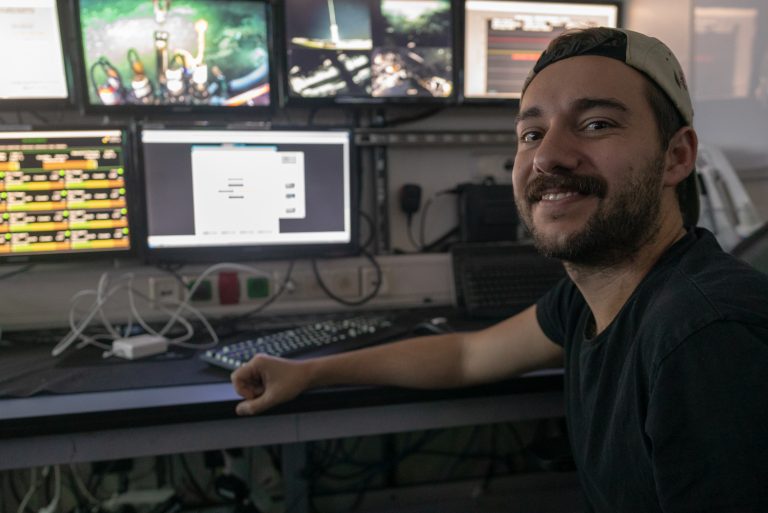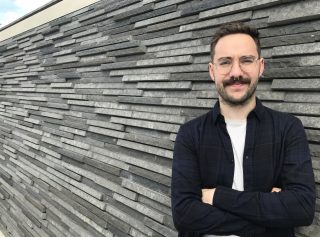Para una versión Español del este blog, por favor haga clic aquí.
As someone who has been studying worms for over 10 years now, I am not used to jesting comments from other scientists like: “Oh you, and your charismatic megafauna.” For me, charismatic megafauna has always been whales, birds and maybe reptiles — but I guess for a microbiologist, worms are like whales to us… it is all about perspective!

This cruise in particular – with its interdisciplinary component – has definitely broadened my perspective. It has been a great experience for me to observe other scientists’ work and learn from them. I see myself develop an appreciation (maybe even fondness) for peach and blue colored bacterial mats, while catching myself getting excited when we measure a heat anomaly.
I spend most of my time on the Falkor glued to a monitor watching worms do wormy things: whether I am in the control room logging in observations, or sitting at the galley having dinner, my eyes are always glued to a screen. This is my first field experience at a hydrothermal vent site. It has been incredible to watch and observe animals I have read and thought about for years, live and roaming around in their natural habitat.
ROV SuBastian is equipped with an incredible imaging system that allows us to record and observe animals in the deep sea in great detail. The observations we get to make are incredibly valuable since so little is known on the behavioral biology of the vent associated fauna. We have already captured remarkable footage of the enigmatic Xenoturbella profunda next to its prey (vesicomyid clams), and seen a very mysterious interaction between two scale worms biting each other.

We still do not know how Xenoturbella preys on clams or whether those scale worms were in the middle of a territorial quarrel or a flirtatious mating ritual. However, it is exactly these kinds of mysteries that broaden our understanding and push scientific progress forward. Without the facilities and technology on Falkor, we would not have been able to discover most of these organisms around the vent fields, let alone document and observe their behavior.
In the evenings when SuBastian comes back carrying precious samples in its basket. I get to look at these organisms under a microscope, photograph them and preserve them for future morphological and genetic studies. Every morning, I get up and walk into the control room, pinching and reminding myself what an incredibly opportunity this is and how lucky I am that I get to be one of the first people laying eyes on these spectacular sights.


